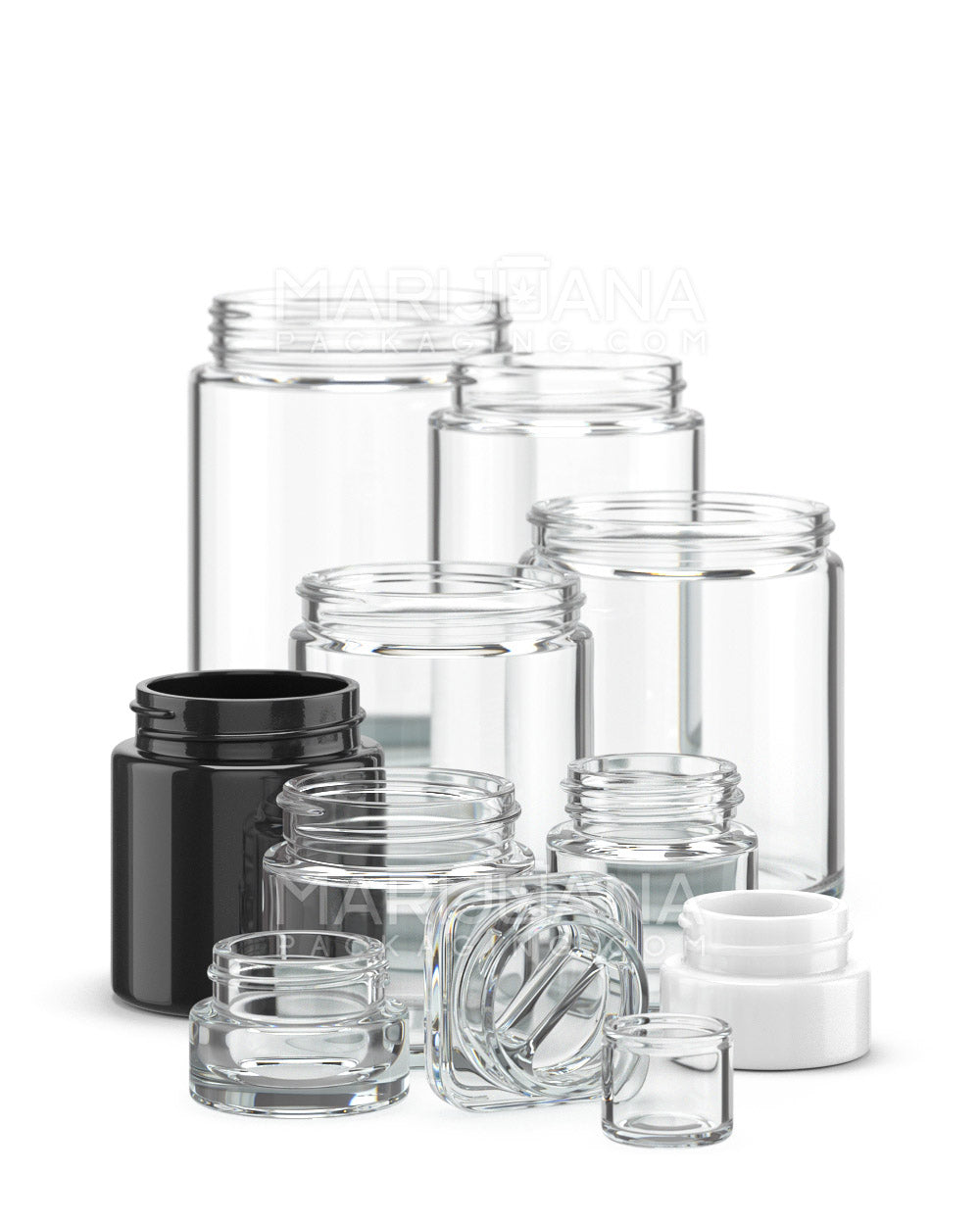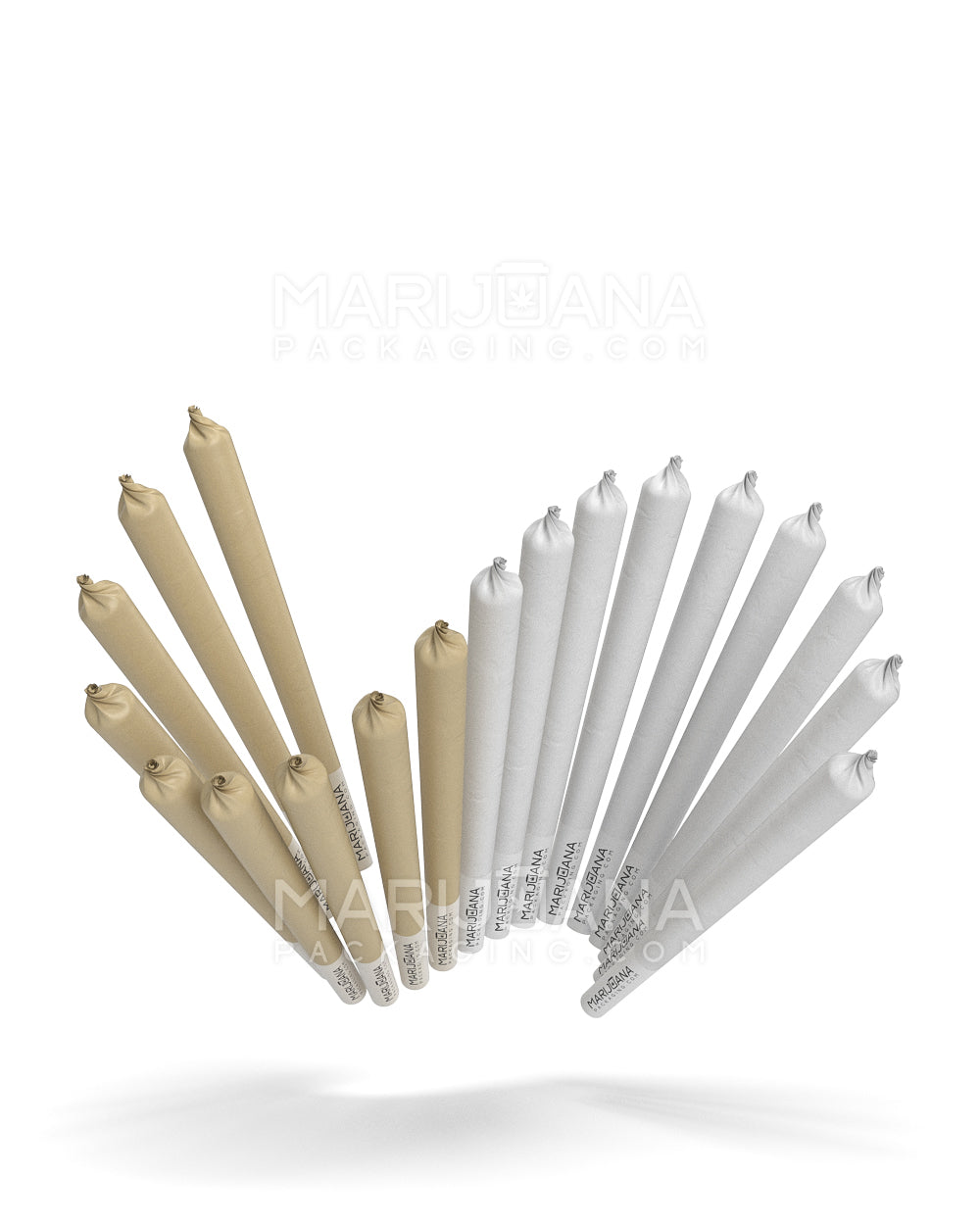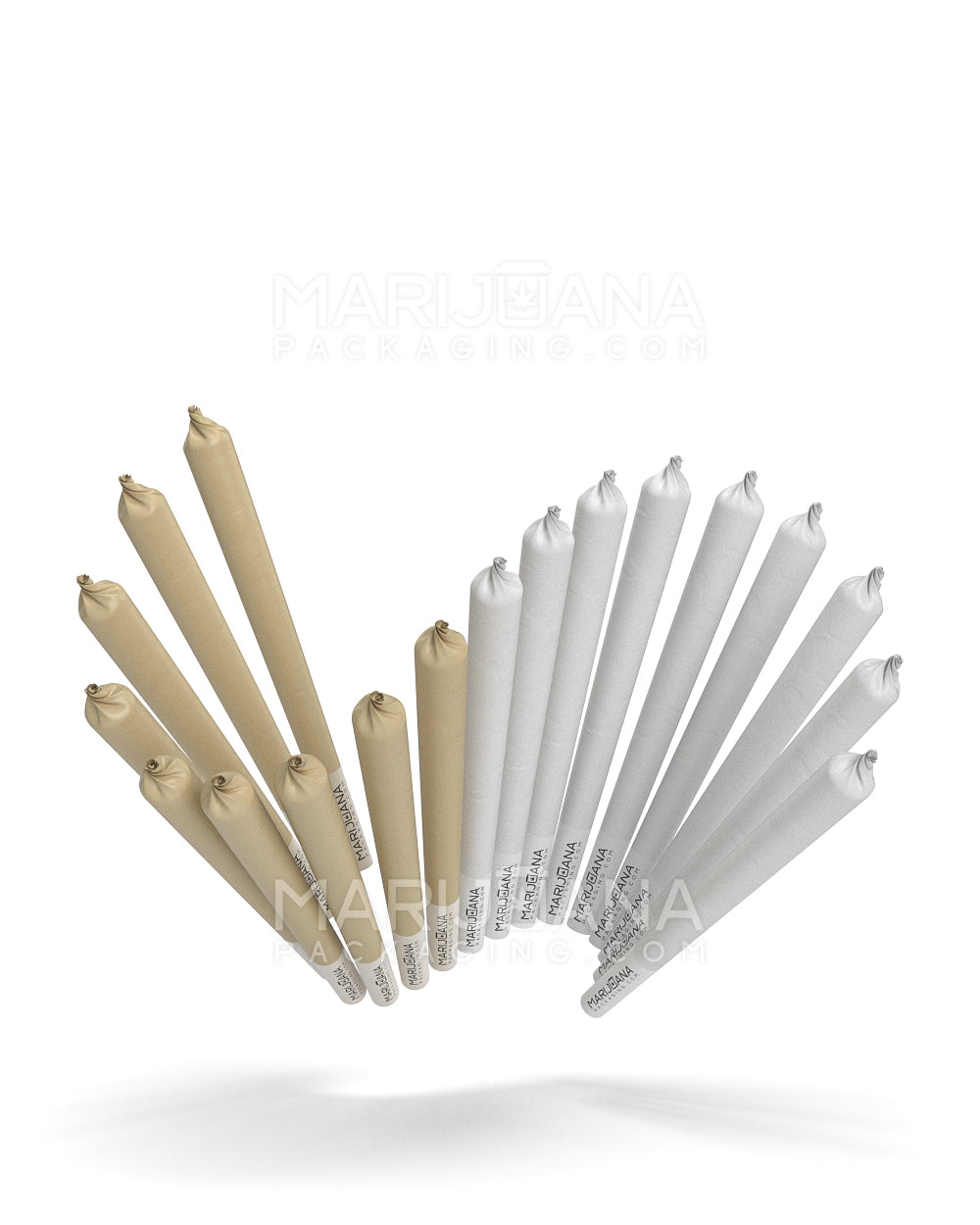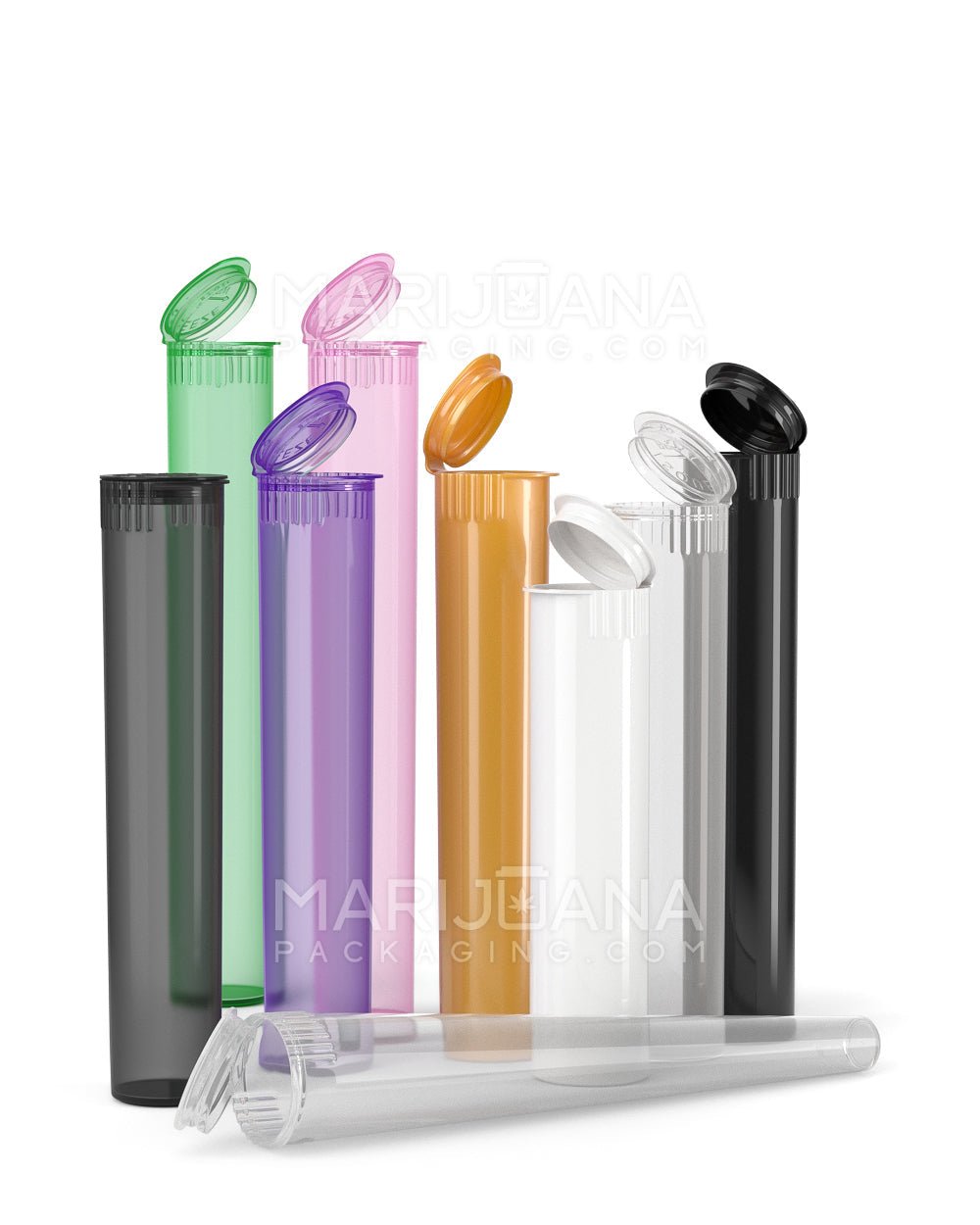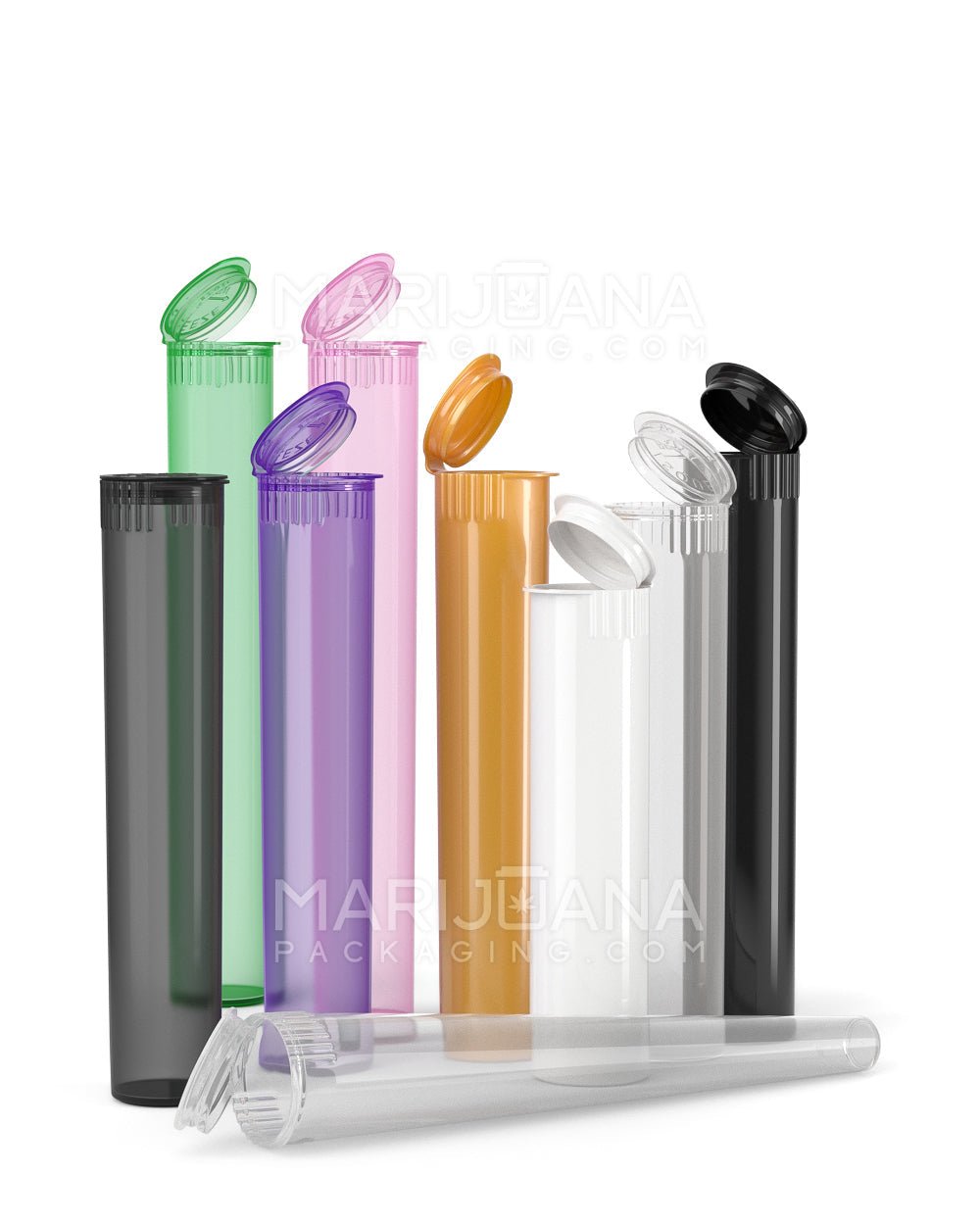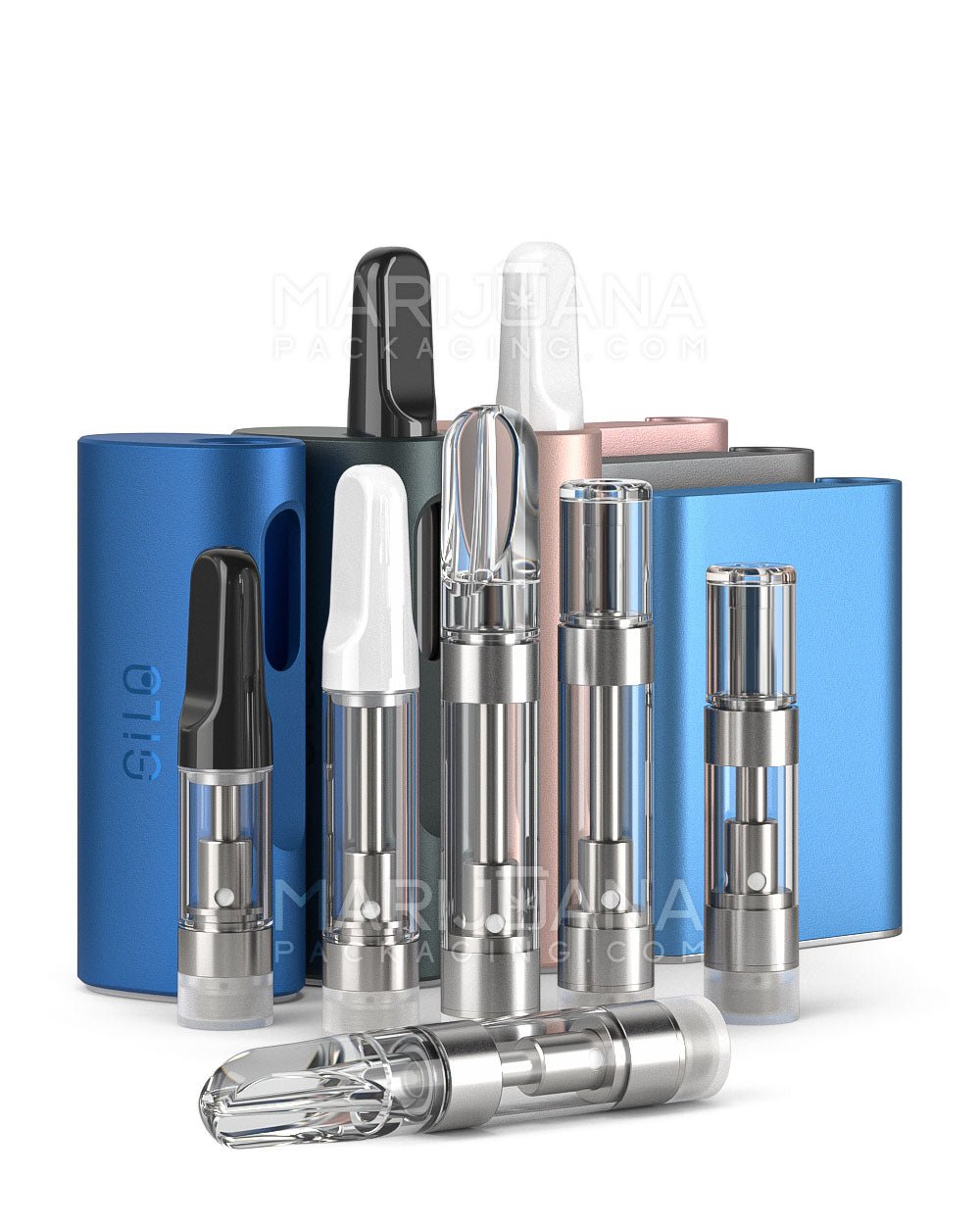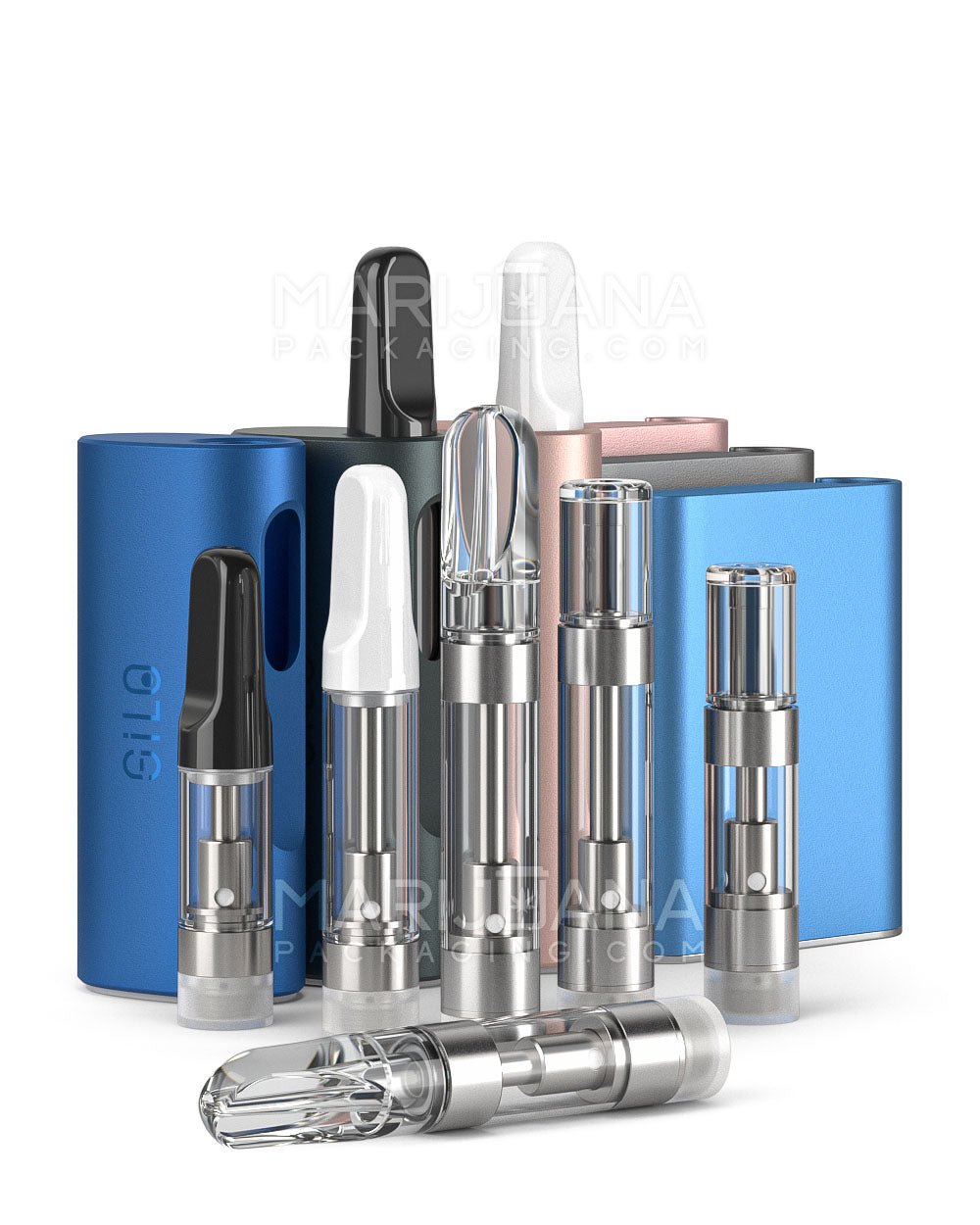Growing marijuana can be a rewarding hobby, but knowing when to plant those seeds is crucial to your success. Whether you're a seasoned grower or just starting out, timing can significantly impact your harvest. But don't worry—by the end of this article, you'll have a clearer idea of the best time of year to plant marijuana seeds for optimal results.
We'll cover everything from understanding your local climate and choosing the right strain to tips on indoor versus outdoor growing. Get ready to learn how to set your growing season up for success, whether you're cultivating cannabis in your backyard or setting up an indoor grow room.
Understanding Your Climate
The first thing to consider when planning to plant marijuana seeds is your local climate. Marijuana plants thrive in specific conditions, and understanding these will help you determine the best planting time. Generally, cannabis prefers warm, sunny weather—think late spring to early summer. However, this can vary widely depending on your geographical location.
If you live in a region with a mild climate, you might be able to start your outdoor growing season as early as March or April. For those in colder areas, waiting until May or even June might be necessary to avoid frost, which can damage young plants. In contrast, if you're in a tropical or subtropical climate, you might have the luxury of planting nearly year-round, though the rainy season can pose challenges.
Consider these factors when determining your planting schedule:
- Frost Dates: Wait until after the last frost in spring to plant outside.
- Daylight Hours: Cannabis plants need long daylight hours to grow properly, making late spring and early summer ideal.
- Temperature: Aim for a consistent temperature range between 70°F and 85°F during the growing months.
Understanding these basic climate considerations will help you set a solid foundation for your growing season.
Choosing the Right Strain
Another important factor to consider when planting marijuana seeds is the strain you choose. Different strains have different growing requirements and timelines. Knowing your strain will help you plan the right planting time.
There are two primary types of cannabis strains: Indica and Sativa. Indicas tend to be shorter and bushier, and they typically flower faster than Sativas. Sativas are taller, with longer flowering times, often requiring a longer growing season.
Here are a few strain considerations:
- Indica Strains: If you live in a region with a shorter growing season, Indicas might be your best bet.
- Sativa Strains: These are great for warmer climates or indoor growing where you can control the environment.
- Hybrid Strains: Combining traits from both Indicas and Sativas, hybrids can offer the best of both worlds.
Research the strains available to you and choose one that fits your climate and growing goals. This will help you maximize your yield and potency.
Outdoor Growing Considerations
Growing marijuana outdoors can be rewarding, but it also comes with its own set of challenges. If you're considering outdoor cultivation, timing is everything. The goal is to mimic the plant's natural environment as closely as possible.
Here are some tips for outdoor growing:
- Soil Preparation: Start preparing your soil in early spring. Test the pH and nutrient levels to ensure they're suitable for cannabis.
- Sunlight Exposure: Choose a spot in your garden that gets plenty of sunlight, ideally at least 6-8 hours a day.
- Weather Monitoring: Keep an eye on the weather forecast. Delaying planting until after the last frost and avoiding heavy rainfall can prevent damage to young plants.
Timing your outdoor planting to coincide with favorable weather conditions will help your plants thrive.
Indoor Growing Tips
If you're growing indoors, you have more control over the environment, but timing still matters. Indoor growing allows you to plant seeds at nearly any time of year, but coordinating your grow cycles can help you optimize yields and manage resources effectively.
Consider these indoor growing tips:
- Light Cycles: Mimic the natural growing season with your light schedule. Start with 18 hours of light per day for vegetative growth, then switch to 12 hours for flowering.
- Temperature and Humidity: Maintain a stable environment with temperatures between 70°F and 85°F and humidity levels around 40%-60%.
- Space Management: Plan your grow room layout to accommodate plant growth and ensure proper airflow.
With indoor growing, the right timing and conditions can help you achieve consistent, high-quality harvests.
The Best Time for Germination
Once you've decided on your planting season, the next step is germinating your seeds. Germination is the process of getting your seeds to sprout and is the first step in your cannabis growing journey.
Here’s how to approach germination:
- Warmth and Moisture: Seeds need a warm, moist environment to germinate. Consider using a seedling heat mat and a damp paper towel method.
- Timing: Start germination a few weeks before your planned planting date, giving your seedlings time to develop strong roots.
- Light Exposure: Once seeds have sprouted, move them to a well-lit area or under grow lights to encourage healthy growth.
By timing your germination process correctly, you ensure your seedlings are ready to be transplanted when conditions are optimal.
Transplanting Seedlings
Transplanting is an important stage in the growing process. Once your seedlings have grown their first few sets of leaves, it's time to move them to their final home—whether that's a larger pot or directly into your garden.
Here are some transplanting tips:
- Harden Off Seedlings: If moving outdoors, gradually acclimate seedlings to the outside environment to prevent shock.
- Choose the Right Time: Transplant on a cloudy day or in the evening to reduce stress on the plants.
- Handle with Care: Be gentle when handling seedlings to avoid damaging the roots or stems.
Timing your transplanting to align with favorable weather conditions will help your plants establish strong root systems and thrive in their new environment.
Managing Growth Stages
Once your plants are established, it's important to manage their growth stages effectively. Cannabis plants go through several stages of growth, each with its own requirements and timeline.
Here's a quick overview of the growth stages:
- Vegetative Stage: This is when your plants focus on growing tall and developing leaves. It can last anywhere from 3 to 16 weeks, depending on your strain and growing conditions.
- Flowering Stage: During this stage, plants develop buds. Flowering typically lasts 8 to 11 weeks, though it can vary.
- Harvest Time: The final stage, when you collect your hard-earned buds. Timing depends on strain and desired effects.
By monitoring and adjusting your care throughout these stages, you can ensure healthy plants and a bountiful harvest.
Harvesting and Post-Harvest Care
You've made it to the final stretch—harvest time! Knowing when to harvest is just as important as knowing when to plant. Harvesting too early or too late can affect the potency and flavor of your cannabis.
Consider these tips for harvesting:
- Trichome Inspection: Use a magnifying glass to check the trichomes on your buds. A cloudy appearance indicates peak THC content.
- Timing: Harvest when around 70-90% of pistils have darkened for optimal results.
- Post-Harvest Care: Proper drying and curing are essential to preserve flavor and potency.
By timing your harvest correctly and following post-harvest care best practices, you'll end up with high-quality cannabis that's ready to enjoy.
Final Thoughts
In summary, knowing the right time of year to plant marijuana seeds involves understanding your local climate, choosing the appropriate strain, and managing your plants through their various growth stages. Whether you're growing indoors or outdoors, timing your activities properly will lead to a successful harvest.
For those looking to enhance their grow operations with custom packaging solutions, Gamut offers a wide range of options. With over a decade of experience, they provide everything from design to delivery, helping your brand stand out in any market. Whether you need stock options, custom designs, or industry-specific solutions, Gamut has you covered.











